What you should know about sharpening at least.
Touch Up, Sharpening, and Thinning

Knife Maintenance Cycle
- Touch Up -
A very quick and easy way to restore only the very apex without removing almost any steel and is usually done multiple times before sharpening.
- Sharpening -
Removes enough steel to create a new edge.
- Thinning -
Makes the blade thin again after repeated sharpening sessions.
Benefits
- Sharpness & Performance -
You can maintain the sharpness and performance of your knife at its best.
- Minimum Cost -
You can minimise the cost of sharpening.
- Maximum Knife Lifetime -
You can maximise your knife lifetime.
Short Intervals
Touch Up
"Prevention is better than cure"

What is a touch up?
By our definition, it's a 1-min easy way of maintaining the sharpness by restoring only the micro-bevels. It's done in a way that it removes almost no steel from the knife if done correctly.
If you do this by yourself, you can lengthen the time between professional knife sharpening services.
What do you need?
A honing rod, leather strop, whetstone, or a combination.
Which one does Hazuki Knife recommend using
Combination of a whetstone and a leather strop.
When should it be done?
This is preventive action and should be done while the edge is still reasonably sharp. Professional chefs do it as frequently as every 10 min to fortnightly. The harder the steel, the longer the edge holds.
When won't it work or is no longer effective?
The edge could be very dull or fatigued from use and repeated touch ups. Sharpening on a stone will be needed to re-establish an edge.
What can Hazuki Knife do for you?
We will sharpen your knife, or
We teach you how to touch up the micro-bevels with a honing rod, whetstone, and strop.
Medium Intervals
Sharpening

What is sharpening?
By our definition, sharpening is the process of removing a sufficient amount of steel from the secondary bevels and re-establishing an edge.
Generally speaking, a knife should only take a few minutes to up to about 15 min to sharpen on whetstones, depending on the condition, blade length, objectives, and material.
What does Hazuki Knife recommend using?
Free-hand whetstone sharpening.
When should it be done?
This is corrective action and should be done after a period of use and touchups.
When won't it work or is no longer effective?
There are numerous possibilities. Every one has different sharpening issues. We will identify and solve your individual issues in our class.
What can Hazuki Knife do for you?
we will sharpen your knife, or
Join our class. You will be able to sharpen from day one.
Long Intervals
Thinning

What is thinning?
Each time sharpening and repairing is done, the edge gets a little bit closer to the spine that is almost always thicker than the edge, so the thickness behind the edge gets thicker and thicker. Eventually it gets so thick that it creates a lot of resistance and wedges ingredients, particularly dense ones like carrots no matter how sharp the cutting edge is. This indicates that it is probably time for thinning.
Note: Some knives are thick by design for tough applications like chopping bones.
What do you need?
Not all sharpening systems are capable of thinning - whetstones are as well as special equipment that knife makers use. Regardless of the system you decided to use, thinning takes a lot of skill, knowledge, practice, and hard work, so you may want to get it done by us.
When should it be done?
Do the carrot test. If the piece becomes too much of a wedge for you, it's probably time for thinning. You can also look at the secondary bevel. If it's almost 2 mm tall, it's a good sign for us to judge that the blade needs thinning.
What can Hazuki Knife do for you?
we thin and sharpen your knife, or
we teach you how to thin.

